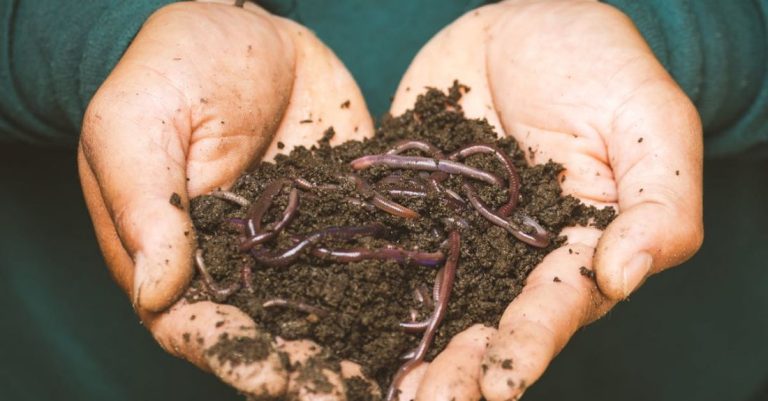
Over-fertilizing Soil: The Unseen Consequences
In the pursuit of lush, vibrant gardens and bountiful harvests, many gardeners may fall into the trap of over-fertilizing their soil. While the intention behind this practice is often to provide plants with an abundance of nutrients, the reality is that excessive fertilization can have detrimental effects on soil health and plant growth. Understanding the impact of over-fertilizing soil is crucial for maintaining a sustainable and thriving garden ecosystem.
Nutrient Imbalance: The Root of the Issue
One of the primary effects of over-fertilizing soil is the disruption of nutrient balance. Plants require a specific ratio of nutrients to grow optimally, and excessive fertilization can throw this delicate balance off-kilter. When soil is overloaded with nutrients, such as nitrogen, phosphorus, and potassium, plants may struggle to absorb the excess amounts. This can lead to nutrient imbalances within the plant itself, causing deficiencies in certain essential nutrients while others accumulate to toxic levels.
Stunted Growth and Reduced Yield
As a result of nutrient imbalances caused by over-fertilization, plants may exhibit stunted growth and reduced yields. While it may seem counterintuitive, an excess of nutrients can actually hinder plant development rather than promote it. Overloaded with certain nutrients, plants may divert their energy towards coping with the imbalance rather than focusing on growth and fruit production. This can manifest as stunted or yellowing foliage, poor flower development, and diminished fruit or vegetable yields.
Environmental Contamination
Beyond the immediate impact on plant health, over-fertilizing soil can also have far-reaching consequences for the environment. Excess fertilizers that are not taken up by plants can leach into groundwater or runoff into nearby water bodies, leading to water pollution. Nitrogen and phosphorus, in particular, are notorious for causing algal blooms in lakes and rivers, depleting oxygen levels and harming aquatic ecosystems. By overloading soil with fertilizers, gardeners inadvertently contribute to environmental contamination and disrupt the delicate balance of natural ecosystems.
Soil Degradation and Compaction
In addition to nutrient imbalances and environmental contamination, over-fertilizing soil can also contribute to soil degradation and compaction. Excessive use of chemical fertilizers can alter the soil’s physical structure, making it more prone to erosion and compaction. Over time, this can lead to decreased soil fertility, reduced water infiltration, and poor root development. Compacted soil restricts the movement of air, water, and nutrients, making it challenging for plants to thrive and leading to a vicious cycle of declining soil health.
Altered Microbial Communities
Soil is teeming with a diverse array of beneficial microorganisms that play crucial roles in nutrient cycling, plant health, and soil structure. However, over-fertilizing soil can disrupt this delicate microbial balance, impacting the diversity and abundance of these essential soil organisms. Excessive fertilization with synthetic chemicals can harm beneficial microbes while promoting the growth of harmful pathogens, further compromising soil health and plant resilience. Without a thriving microbial community, soil fertility and plant vitality are jeopardized, making it harder for gardeners to maintain a healthy and vibrant garden ecosystem.
Cultivating a Balanced Approach
While the temptation to over-fertilize soil may be strong, it is essential for gardeners to adopt a more balanced and sustainable approach to soil management. By conducting soil tests to determine nutrient levels, choosing organic fertilizers, and following recommended application rates, gardeners can provide plants with the nutrients they need without overwhelming the soil ecosystem. Implementing practices such as crop rotation, cover cropping, and composting can also help improve soil health and fertility naturally, reducing the reliance on synthetic fertilizers.
A Greener Future: Sustainable Soil Practices
In conclusion, the effects of over-fertilizing soil are far-reaching and can have detrimental consequences for plant health, soil fertility, and the environment. By understanding the impact of excessive fertilization and adopting sustainable soil management practices, gardeners can cultivate thriving gardens while preserving the health and vitality of the soil ecosystem. Balancing the needs of plants with the health of the soil is key to creating a greener future for both gardeners and the planet.





